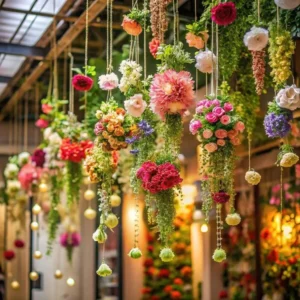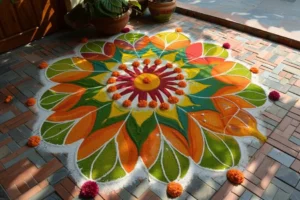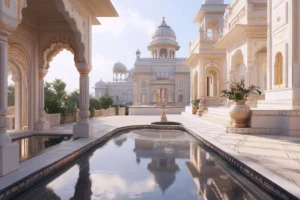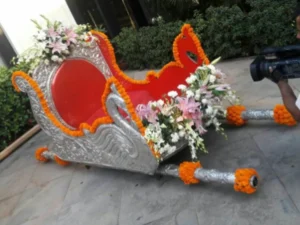Weddings are more than just ceremonies; they are beautiful expressions of culture, tradition, and love. Across the diverse tapestry of global cultures, wedding rituals hold a special place, symbolizing the union of two souls.
One such splendid tradition is the “Mangala Snanam Jalleda,” this tradition is deeply rooted in South Indian culture. In this blog we will understand what Mangala Sanam Jalleda is, its significance and many interesting facts about it. So let’s get started.
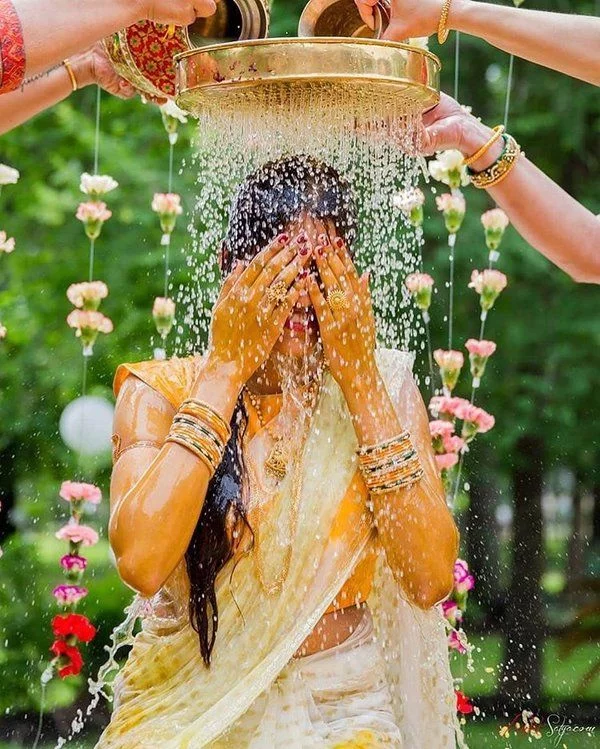
What is Mangala Sanam Jalleda?
Mangala Snanam is an event of the wedding shower or the getting-ready ritual for the bride and groom. There may be further occurrences of this ritual. Before the sacred ceremony of becoming one (the wedding), the bride and groom are ritually covered with turmeric in their respective homes and given a holy bath in turmeric water. ‘Mangala Snanam’ (‘Mangala’ means holy and ‘Snanam’ means bath) signifies holy bath. The bride and the groom take a bath and wear their first set of wedding clothes afterwards.
Cultural Significance
Mangala Sanam Jalleda, sometimes referred to as “Mangala Snanam,” is a custom that has its roots in South Indian wedding ceremonies. The bride and groom are purified and made ready for their voyage into matrimony in this sacred rite, which is common in places like Andhra Pradesh, Telangana, Karnataka, and Tamil Nadu.
The spiritual symbolism of Mangala Snanam Jalleda is what makes it unique. The ceremony is said to wash away any negativity and impurities from the past so that the pair can begin their married life fresh. This ceremonial purification serves as a reminder that marriage is a process of development, forgiving, and renewal between two spirits.
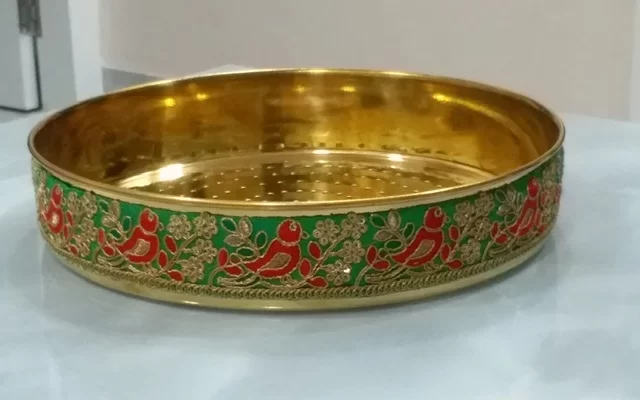
Elegance of the ritual
Before the main wedding traditions begin on the wedding day, the ceremony is held. The bride and groom are washed in a mixture of holy water, sandalwood, turmeric, and other herbs that not only cleanses but also beautifies them.
The bride typically dons an elaborately jeweled traditional silk sari or lehenga in a vivid color. The groom dons a dhoti or sherwani as well as traditional clothing. The Mangala Snanam outfit and accessories are carefully picked to reflect the couple’s cultural history and to lend a sense of elegance to the ceremony.
What is the actual ritual
The couple is led to a specially decorated area where a beautifully adorned swing, often made of flowers, awaits them. As they sit on the swing, the priest conducts prayers and chants mantras, invoking the blessings of deities for a harmonious and prosperous married life.
The ceremonial bath begins with the application of turmeric paste on the bride and groom’s bodies, followed by the application of sandalwood paste, which is known for its soothing and cooling properties. The mixture is gently massaged onto their skin, symbolizing not only the physical cleansing but also the purification of their minds and souls.
After the paste application, the couple is gently bathed with holy water, poured from vessels adorned with flowers and leaves. The water is collected from sacred rivers, symbolizing the purifying properties of these holy waters. The gentle cascade of water over the couple’s bodies is a sight to behold, accentuating the grace and elegance of the ritual.
Ideal Muhurtam for Mangala Sanam Jalleda
A crucial component of the entire ceremony is choosing the best “muhurtam” for Mangala Snanam Jalleda. In South Indian marriages, the muhurtam, or auspicious timing, holds a prominent role in ensuring that the ritual proceeds under the most beneficial cosmic influences. To invoke blessings and bring prosperity for the next day, this ceremony is carried out first thing in the morning.
Preserving tradition in the changing world
In today’s fast-changing world, where new ways often overshadow old traditions, the Mangala Snanam Jalleda tradition emerges as a gentle reminder of the preciousness of our cultural heritage. This beautiful ritual captures the very soul of South Indian weddings, preserving the essence of tradition while gracefully embracing the winds of change.
What makes Mangala Snanam Jalleda truly remarkable is its ability to bridge the gap between the past and the future. As the bride and groom partake in this sacred ceremony, they’re not just upholding an age-old practice; they’re crafting a bridge that connects generations. It’s a celebration that transcends time, uniting families through the threads of love, commitment, and shared values.
Conclusion
The Mangala Snanam Jalleda ritual reminds us of our unique traditions and the love that endures through time in a world that is constantly changing. It serves as a means to demonstrate the significance of our culture and the way that love unites us. It shows that despite the rapid pace of life, there is still room for priceless traditions, charming occasions like Mangala Snanam Jalleda. We honor both the love that exists between two people and the love that exists between all people, regardless of time.
FAQ
What role does the priest play in this ritual?
The priest guides the couple through Mangala Snanam Jalleda. They recite sacred mantras, perform rituals, and invoke blessings from deities. The priest’s presence adds spiritual significance to the ritual, making it a revered and sanctified ceremony
What ingredients are used during Mangala Snanam Jalleda?
The ritual involves the application of turmeric paste and sandalwood paste on the bride and groom’s bodies. These pastes are known for their cleansing and rejuvenating properties. Additionally, holy water collected from sacred rivers is poured over the couple, further symbolizing purification.

